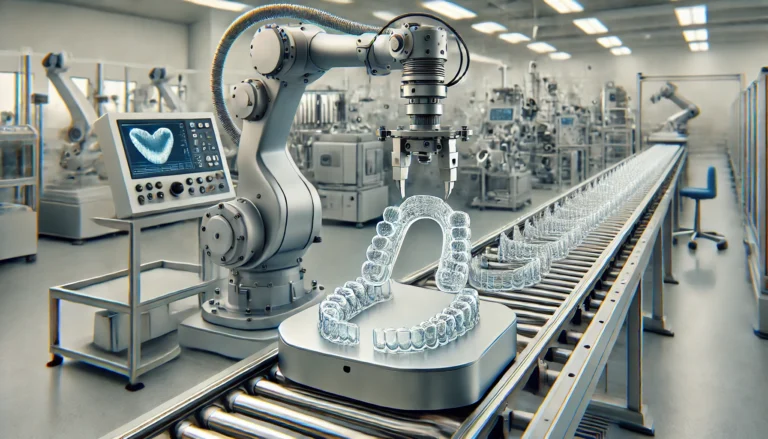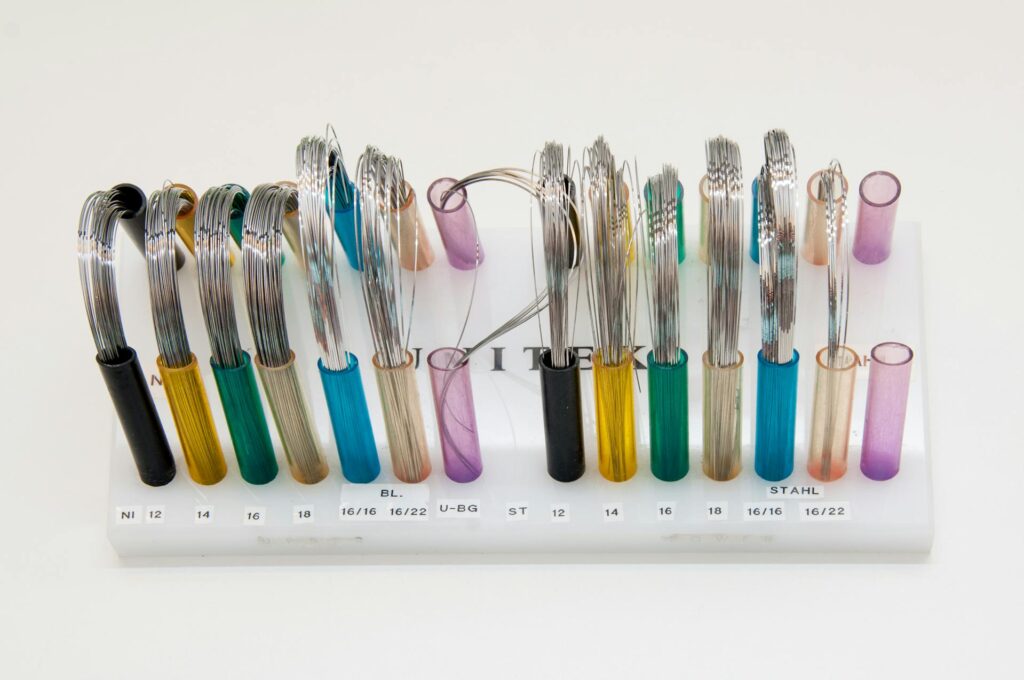
Navigating the world of teeth straightening can indeed feel overwhelming, particularly with the increasing popularity of DIY aligners vs Invisalign. This article will unpack the key differences between these two approaches, focusing on aspects such as treatment processes, costs, and overall effectiveness.
It is essential to emphasize the importance of professional orthodontic care in the UK. We will discuss relevant regulations, safety considerations, and the long-term benefits of personalised treatment. By the end, you will be better equipped to determine which option may be the best fit for your smile.
What Are the Differences Between DIY Aligners vs Invisalign?
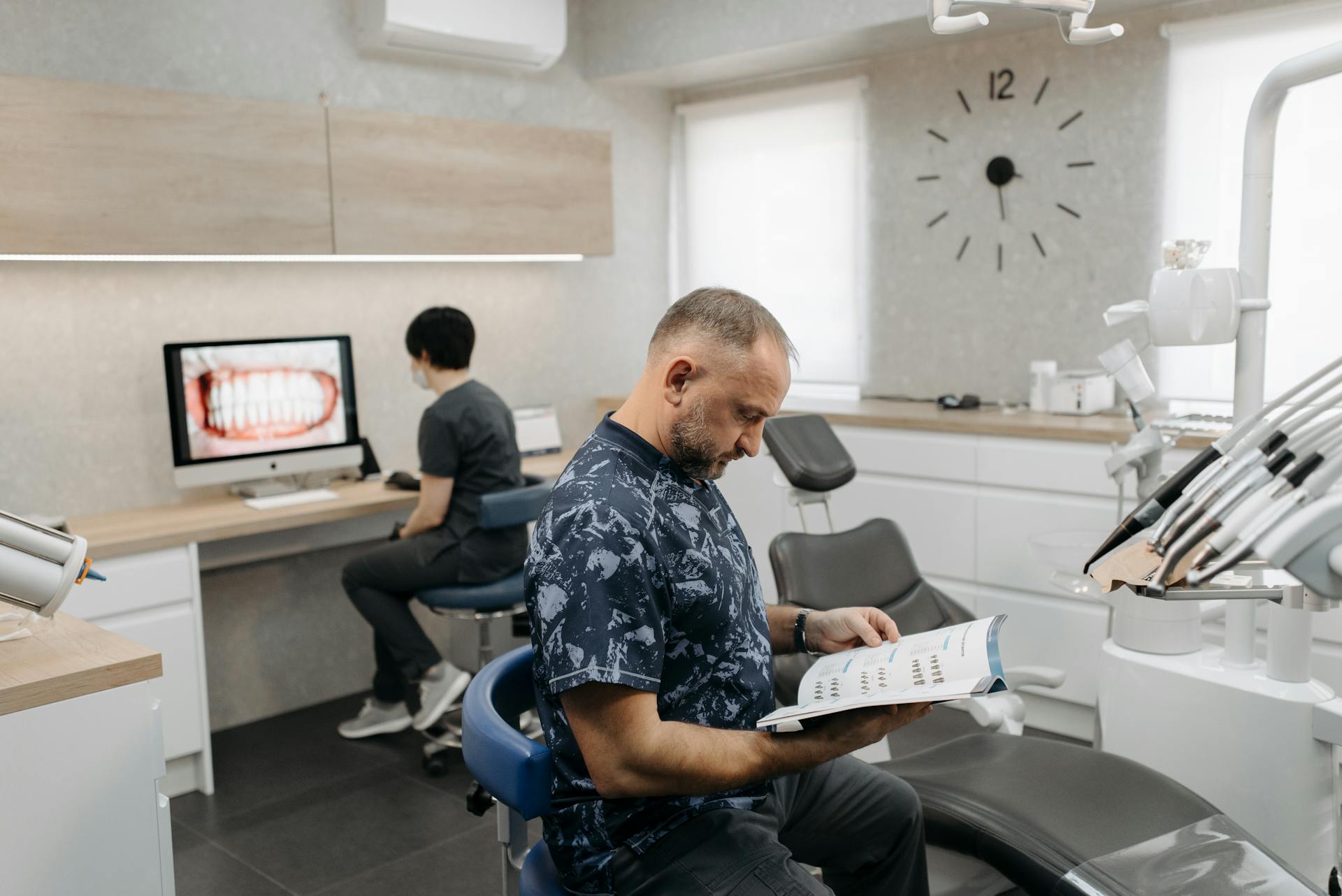
When considering teeth straightening options, it is important to understand the differences between DIY aligners and Invisalign, as these distinctions can greatly influence your dental care journey.
DIY aligners offer a convenient at-home approach that many find appealing. In contrast, Invisalign is a professional orthodontic treatment that provides custom clear aligners designed specifically for your individual needs.
Recognising these differences is essential for ensuring both the effectiveness and safety of your smile transformation.
1. Treatment Process
The treatment process for DIY aligners and Invisalign differs significantly, impacting both patient experience and treatment outcomes. DIY aligners typically depend on online assessments and self-impressions, which can lead to challenges in achieving precise alignment.
In contrast, Invisalign provides a comprehensive orthodontic consultation and custom digital scans to ensure a proper fit and effective tooth movement. With Invisalign, patients enjoy the advantage of ongoing dental supervision throughout their treatment, which is critical for monitoring progress and making any necessary adjustments. The aligner fitting process begins with a detailed 3D treatment plan developed by an orthodontist, ensuring each aligner is specifically tailored to the individual’s dental structure.
Regular check-ups allow for effective tracking of the aligners’ performance, facilitating timely modifications that enhance treatment efficiency. Once the active alignment phase is complete, patients are typically required to wear a retainer after Invisalign treatment to maintain their newly aligned teeth and prevent them from shifting back to their original positions. This level of oversight guarantees not only safe progress in alignment but also personalised care and long-term stability—elements that are often missing in the DIY approach.
2. Cost
Cost comparison between DIY aligners and Invisalign often plays a significant role in patient decision-making, as many individuals weigh the financial implications of each treatment option. While DIY aligners may present a lower upfront cost, it is essential to consider the potential long-term expenses linked to treatment risks and the necessity for professional dental care, which could be a significant factor in the overall cost of Invisalign.
Patients should also take into account the affordability of dental insurance, which might cover a portion of the Invisalign treatment, potentially making it a more financially viable option over time. Although DIY options may seem more economical at first glance, unexpected expenses related to corrections or additional dental visits can substantially increase the total financial commitment.
Investing in comprehensive care through Invisalign can lead to more favourable outcomes and fewer complications, making it a worthwhile consideration when evaluating both treatment affordability and effectiveness.
3. Effectiveness
The effectiveness of teeth straightening options can differ significantly between DIY aligners and Invisalign, ultimately impacting the success of the treatment. While DIY aligners may appear attractive at first glance, they often fall short in providing the professional supervision and evidence-based treatment strategies that Invisalign offers, leading to better treatment outcomes and higher overall patient satisfaction.
When considering options for aligning teeth, the decision between these methods can greatly affect not only the aesthetic results but also the overall experience for the patient. Feedback from individuals who have undergone treatment highlights the critical role of continuous monitoring by dental professionals, a key feature of the Invisalign approach. This level of expertise facilitates timely adjustments, addresses potential complications, and ensures that each patient receives care tailored to their specific dental needs.
Additionally, Invisalign utilises advanced technology that allows for precise movements, often beyond the capabilities of DIY alternatives. However, it is essential to note that common mistakes when using Invisalign, such as not wearing aligners for the recommended duration or failing to clean them properly, can significantly affect the effectiveness of the treatment. By following professional guidance and adhering to best practices, patients can maximise their results and achieve their desired smile more efficiently.
4. Safety
Safety is a crucial consideration when comparing DIY aligners and Invisalign, as the absence of professional oversight can lead to significant dental health issues. Invisalign is specifically designed with patient safety in mind, ensuring that each treatment plan is meticulously monitored by a certified orthodontist.
In contrast, DIY aligners often come with treatment risks due to the lack of dental supervision.
This structured approach enables orthodontists to track progress and make necessary adjustments, which significantly reduces the likelihood of complications. On the other hand, individuals who choose DIY methods may face misalignments, bite issues, or, more severely, damage to their teeth and gums—often without realising it until it is too late.
The supervision provided in professional treatments not only creates a safer environment but also helps ensure that patients achieve their desired results without jeopardizing their dental health. It is essential for patients to recognise the value of professional care, prioritising safety and long-term success over short-term convenience.
Why Professional Treatment Matters in the UK?
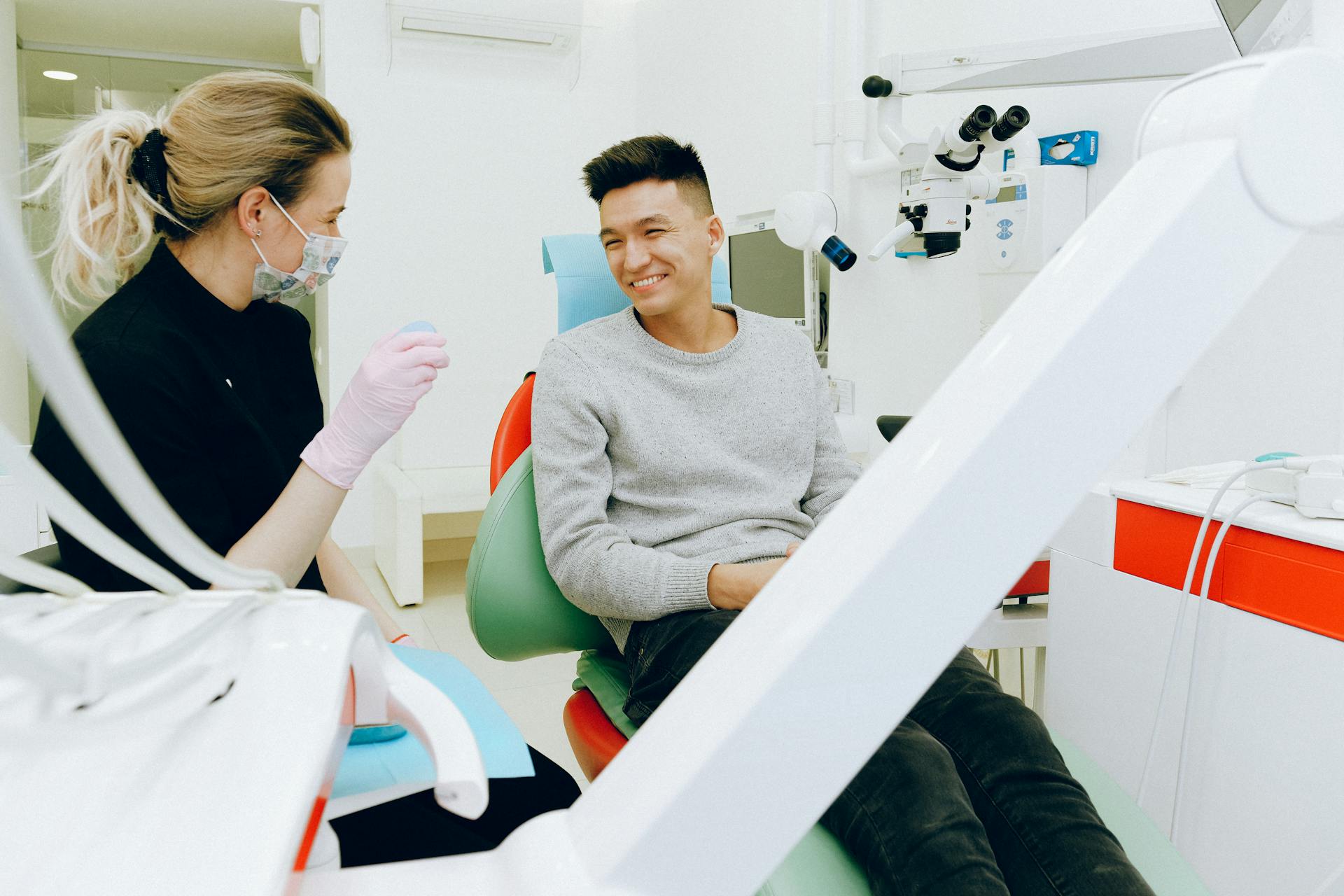
In the realm of UK dentistry, professional treatment is essential for ensuring both the effectiveness and safety of orthodontic care. Given the strict regulations and standards that govern this field, choosing professional treatment means that patients benefit from comprehensive care, personalised treatment plans, and continuous support from dental professionals.
These professionals prioritise patient education and safety throughout the entire process, making sure that individuals receive the best possible care.
1. Regulations and Standards
Regulations and standards within UK dentistry are designed to ensure that all orthodontic treatments, including Invisalign, comply with strict guidelines prioritising patient safety and effective outcomes. These regulations are upheld by dental accreditation organisations that provide oversight and establish protocols for the evaluation and planning of orthodontic treatments.
Maintaining compliance with these regulations is essential, as they not only protect patients but also promote best practices within the orthodontic community. The significance of safety standards cannot be overstated; practitioners must stay informed about the guidelines set forth by the General Dental Council and other relevant organisations.
These standards cover various aspects, such as the use of approved materials and technology, patient consent processes, and ongoing professional development.
By following these regulations, orthodontists play a vital role in elevating the standard of care, ensuring that both immediate and long-term treatment outcomes are reliable and beneficial for patients seeking orthodontic solutions.
2. Customisation and Monitoring
Customisation and monitoring are essential components of professional orthodontic treatment, especially when it comes to Invisalign. Each treatment plan is carefully crafted to meet the unique needs of the patient, utilising advanced digital scans and aligner tracking to ensure optimal tooth movement and precise alignment throughout the treatment process.
This tailored approach not only enhances the treatment’s effectiveness but also significantly boosts patient comfort and satisfaction. By providing personalised aligner options, patients benefit from a less intrusive form of orthodontics while still receiving the necessary adjustments as their teeth shift.
Regular professional oversight is crucial in this process, enabling orthodontists to make timely modifications that align with each individual’s progress. Consequently, patients experience smoother transitions towards their desired smiles, highlighting the importance of a customised treatment plan combined with expert guidance.
3. Potential Risks of DIY Aligners
The potential risks associated with DIY aligners are considerable concerns for anyone contemplating at-home treatments for teeth straightening. Without proper dental supervision, individuals may encounter complications such as misalignment, oral discomfort, and even detrimental effects on gum health. This highlights the critical importance of professional oversight in orthodontic care.
Improperly planned tooth movement can lead to malocclusion, where the teeth do not align correctly, resulting in bite issues that might require extensive correction later on. Furthermore, inadequate treatment can worsen existing conditions, leading to prolonged discomfort and jeopardising overall oral health.
By choosing not to seek professional evaluation, individuals run the risk of investing time and money in a process that may ultimately prove ineffective and potentially exacerbate their dental problems.
Consulting with a qualified orthodontist not only ensures the effectiveness of teeth straightening but also protects against potential adverse effects, significantly improving the likelihood of achieving a healthy, aligned smile.
4. Long-term Results and Maintenance
The long-term results and maintenance of orthodontic treatment are highly influenced by the approach taken, with professional treatments typically yielding more favourable outcomes. Invisalign not only offers effective treatment but also highlights the importance of wearing aligners consistently and attending regular follow-up appointments for necessary adjustments, ensuring lasting improvements in one’s smile.
To achieve the best possible results, it is essential for patients to adhere to guidelines regarding the daily wear time of their aligners and to keep scheduled visits with their orthodontist. These appointments are crucial for making adjustments that refine the treatment plan, ultimately resulting in a well-aligned smile that endures.
While wearing their aligners, patients should also pay attention to proper cleaning and care, as this enhances retention and reduces the risk of complications. By prioritising these maintenance strategies, individuals can fully enjoy the long-term benefits of their orthodontic investment.
What Are the Benefits of Invisalign Treatment?
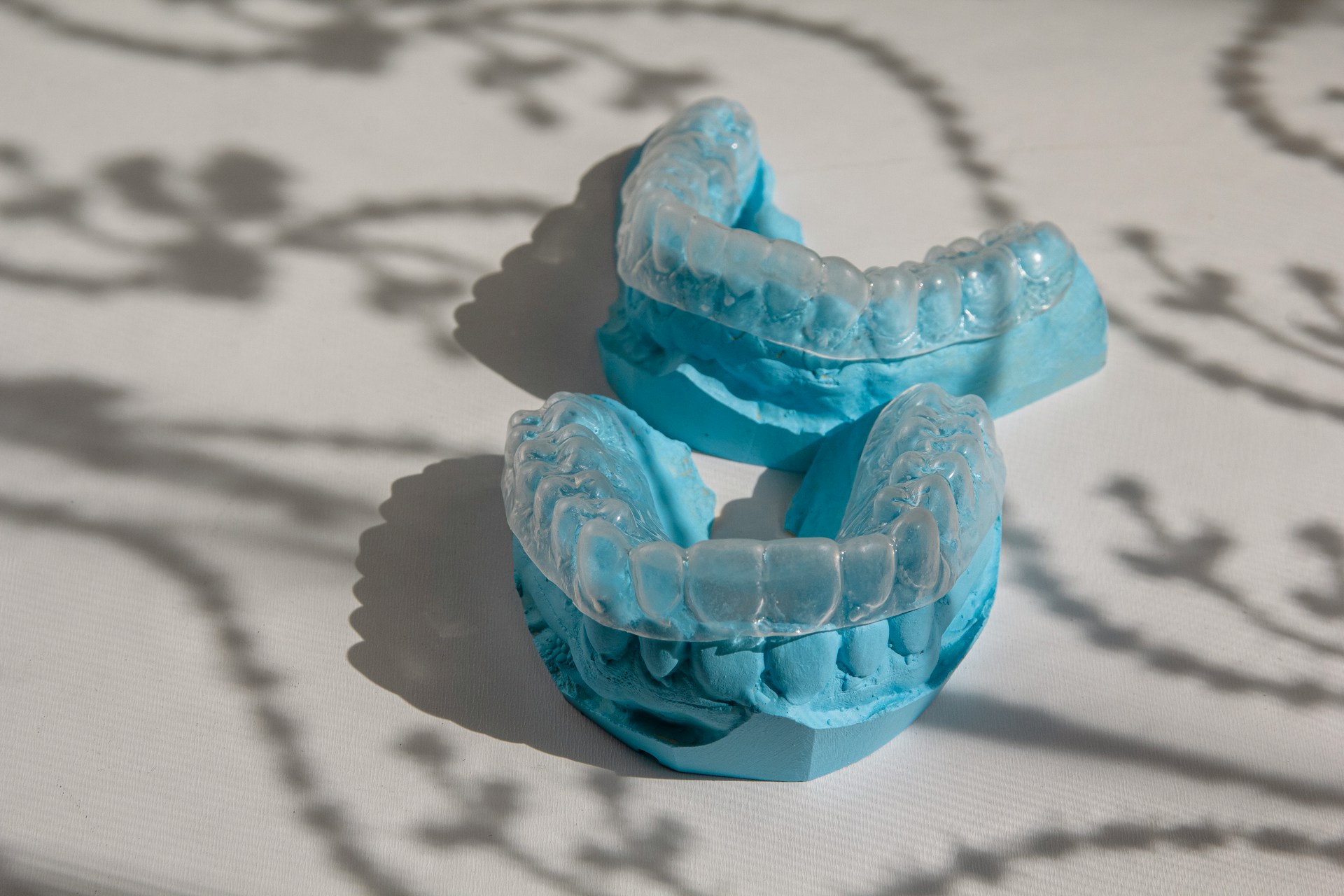
Invisalign treatment presents a variety of advantages that distinguish it from other orthodontic options, especially regarding smile design and overall patient satisfaction.
The clear aligners used in Invisalign not only focus on functional issues like bite correction and teeth alignment but also significantly improve aesthetic appearance. This combination of functionality and aesthetics makes Invisalign a preferred choice for those looking for effective orthodontic solutions.
1. Customised Treatment Plan
A customised treatment plan serves as a fundamental component of the Invisalign process, ensuring that the unique dental needs of each patient are addressed effectively.
During the initial consultation, dental professionals utilise digital scans to develop a comprehensive treatment plan that outlines anticipated tooth movement and the duration of the treatment.
This personalised approach not only increases the accuracy of the treatment but also encourages strong collaboration between the patient and the provider. By leveraging advanced digital technology, such as 3D imaging and simulation software, practitioners can present realistic projections of the expected outcomes, enabling patients to visualise their treatment journey.
The integration of these tools allows for real-time adjustments, ensuring that the treatment remains aligned with the patient’s evolving dental goals. Ultimately, a well-crafted treatment plan significantly enhances patient engagement and satisfaction, as individuals feel informed and actively involved in their care process.
2. Professional Monitoring and Adjustments
Professional monitoring plays a crucial role in ensuring the effectiveness of Invisalign treatment, allowing for timely adjustments that can significantly enhance treatment outcomes. Regular follow-up appointments offer dental professionals the opportunity to evaluate how well the aligners fit, track progress, and make any necessary adjustments to achieve the best possible results.
These monitoring sessions also provide a valuable platform for patients to express any concerns or discomfort they may be experiencing, which enables the dental team to refine the treatment plan accordingly. By carefully examining the alignment of the teeth and assessing how effectively the aligners are being used, professionals can determine whether any changes to the regimen are needed.
This proactive approach not only helps to identify potential issues early on but also strengthens patient motivation, ensuring adherence to the prescribed schedule. With the integration of digital tools, monitoring becomes even more efficient, facilitating real-time adjustments based on patient feedback and progress evaluations, ultimately enhancing the overall success of the Invisalign journey.
3. Faster and More Effective Results
One of the primary advantages of Invisalign treatment is its ability to provide faster and more effective results compared to traditional methods. With the help of innovative dental technology and customised treatment plans, many patients notice significant improvements in teeth alignment within a shorter treatment period, which often leads to high levels of patient satisfaction.
This enhanced efficiency is particularly attractive to individuals looking for a quicker transformation of their smiles. Statistics indicate that 90% of patients report a significantly improved overall experience, noting a reduction in the time spent in treatment compared to conventional braces.
Testimonials consistently emphasise not only the speed at which desired results are achieved but also the comfort and convenience associated with clear aligners. Such positive results contribute to higher patient retention and increased referrals, demonstrating how successful treatment plays a crucial role in shaping overall patient experiences in orthodontics.
4. Comfort and Convenience
Invisalign provides exceptional comfort and convenience in dental care, distinguishing itself from traditional braces and other orthodontic alternatives. The clear aligners are thoughtfully designed for effortless wear, allowing individuals to seamlessly incorporate them into their daily routines.
They are removable for eating and oral hygiene, which greatly enhances patient comfort.
These aligners feature a smooth surface that reduces irritation to the gums and cheeks, a common issue associated with metal brackets. Patients not only value the aesthetic advantages of clear aligners but also appreciate the ability to maintain their regular oral hygiene practices without the complications of manoeuvring around wires and brackets.
This innovative approach simplifies mealtimes and facilitates easier teeth cleaning, contributing to improved overall dental health during the course of treatment. With scheduled check-ins with dental professionals and a customised treatment plan, individuals benefit from more than just comfort; they embark on a personalised journey towards achieving a brighter, straighter smile.
How to Choose the Right Treatment Option?
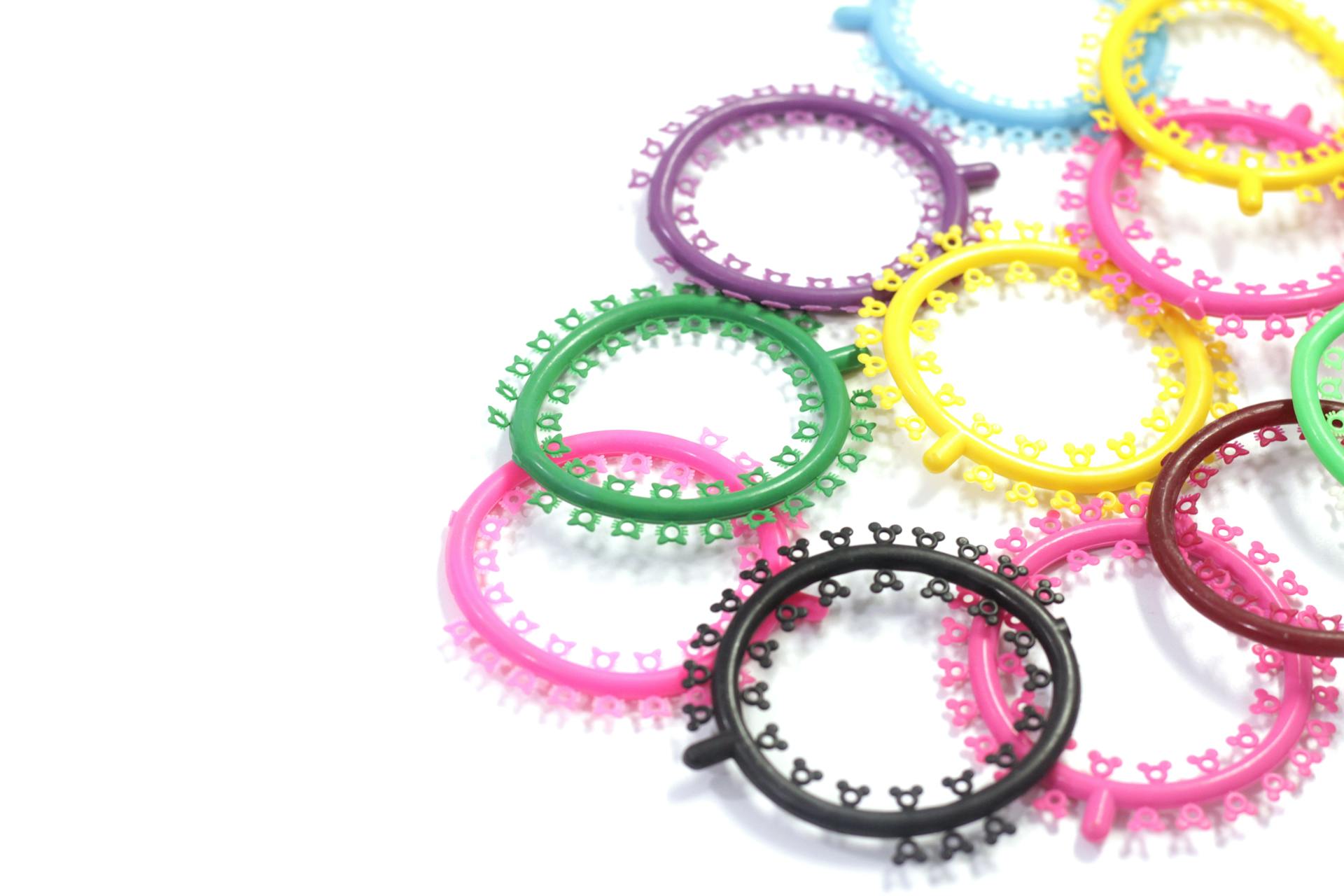
Selecting the appropriate teeth straightening treatment option involves thoughtful consideration of several factors, including individual dental needs and personal preferences.
It is crucial to have a consultation with a professional orthodontist, as they can provide valuable guidance on the differences between Invisalign and DIY aligners.
This expertise helps in identifying the most suitable treatment alternatives to ensure optimal oral health.
1. Consultation with a Professional Orthodontist
A consultation with a professional orthodontist is an essential first step in choosing the appropriate treatment option for teeth alignment. During this dental evaluation, the orthodontist will review the patient’s history, discuss treatment expectations, and develop a customised treatment plan tailored to the individual’s needs.
It is important to understand the patient’s unique dental concerns and lifestyle choices to create an effective approach. Typically, the orthodontist will take X-rays and conduct a detailed examination to assess not only the current condition of the teeth but also the overall oral health.
This comprehensive assessment plays a crucial role in identifying any potential challenges that may arise during the treatment process. Patients can expect clear explanations regarding various options, such as braces, aligners, or other appliances, which will help them make informed decisions that consider both aesthetic and functional outcomes.
The personalised nature of the consultation ensures that each treatment plan is designed not only for successful alignment but also for the patient’s comfort and long-term satisfaction.
2. Considerations for DIY Aligners
When contemplating DIY aligners, it is important to recognise the various factors that can influence treatment outcomes, particularly the inherent risks associated with self-treatment. Without the guidance of a dental professional, patients may encounter complications that could adversely affect their oral health and the precision of their alignment. Therefore, conducting thorough research and exercising caution is essential.
While DIY aligners may appear attractive due to their lower cost and convenience, patients must carefully consider these benefits in light of the potential drawbacks. The absence of professional oversight can lead to misalignment, gum damage, or even more serious dental issues that might require expensive corrections down the line.
Additionally, the lack of personalised treatment plans, which are typically designed by dental professionals, can result in inadequate or unsafe methods for teeth straightening. Therefore, individuals should strongly consider consulting with an orthodontist to assess their specific needs and ensure a safe and effective pathway towards achieving their desired results.
3. Considerations for Invisalign Treatment
Choosing Invisalign treatment involves several important considerations that patients should be aware of to ensure a positive experience. Engaging with a qualified dental professional is essential for setting realistic treatment expectations and maintaining open communication throughout the process, as this can greatly enhance both patient safety and treatment success.
Beyond understanding the treatment timeline and potential outcomes, it is vital for patients to discuss ongoing care and any adjustments that may be necessary as the process unfolds. The expertise of a practitioner can provide personalised recommendations tailored to individual oral health needs, ensuring that the treatment aligns with personal goals.
Patients should feel encouraged to ask questions and voice any concerns at any stage, as this kind of dialogue fosters trust and clarity. Being proactive in communication not only helps alleviate worries but also contributes to a smoother treatment journey, emphasising the importance of collaboration in achieving that perfect smile.
Frequently Asked Questions
1. What are DIY aligners and Invisalign?
DIY aligners refer to at-home teeth straightening kits that claim to provide results similar to Invisalign. Invisalign, on the other hand, is a brand of clear aligners that are prescribed and monitored by a professional orthodontist.
2. Why should I choose professional treatment for my teeth straightening needs in the UK?
Professional treatment from a qualified orthodontist ensures that your teeth straightening journey is safe and effective. The UK has strict regulations for the practice of orthodontics, ensuring that you receive the highest quality of care.
3. How do DIY aligners compare to Invisalign in terms of cost?
DIY aligners are often marketed as a more affordable alternative to Invisalign. However, the cost of professional treatment with Invisalign takes into account the expertise and monitoring of a trained orthodontist, making it a better long-term investment for your oral health.
4. Can I achieve the same results with DIY aligners as I would with Invisalign?
While some people may see minor improvements with DIY aligners, they are not customised to your specific orthodontic needs and may not be as effective as Invisalign. Professional treatment with Invisalign ensures that your teeth are properly aligned and your bite is corrected.
5. What are the potential risks of using DIY aligners?
Using DIY aligners without the supervision of a professional can result in serious oral health issues, such as tooth and gum damage, bite problems, and even tooth loss. It is important to have a trained professional monitor your teeth straightening journey to avoid these risks.
6. Do DIY aligners or Invisalign have any limitations for certain orthodontic issues?
DIY aligners are generally only effective for minor orthodontic issues, such as slight crowding or spacing. Invisalign, on the other hand, can address a wider range of orthodontic issues, including more severe cases. It is best to consult with a professional orthodontist to determine which treatment option is best for your individual needs.

